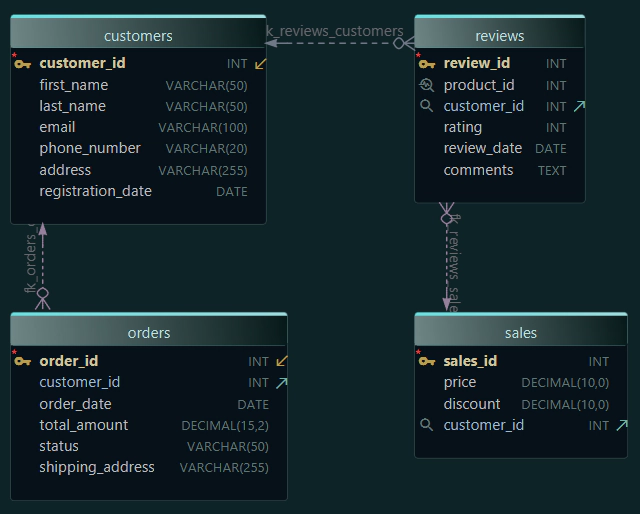Introduction to MongoDb | MongoDB Tutorial 2025

Table of Contents
- Introduction to MongoDB (You are here).
- Installation & Database Creation
- CRUD Operations
- Embedded Documents and Arrays
- Validation Rules - Enforcing Structure in MongoDB
- Visualize MongoDB Relationships (Embedded vs Referenced)
- What Is an Index in MongoDB?
- Aggregation Pipeline Explained
MongoDB is a popular NoSQL (Non-Relational) Database Management System designed to handle large amounts of data efficiently. Unlike traditional relational databases, MongoDB uses a flexible document-oriented model, making it highly scalable and adaptable for various applications.
MongoDB is a document database. It stores data in a type of JSON format called BSON (Binary JSON). A record in MongoDB is a document, which is a data structure composed of key-value pairs, similar to the structure of JSON objects.
Why Use MongoDB?
MongoDB is widely used because of its scalability, flexibility, and performance. Key advantages include:
- Schema-less Data Model: Unlike relational databases that require predefined schemas, MongoDB allows dynamic and flexible schemas, making it easier to handle changing data structures.
- Horizontal Scalability: MongoDB supports sharding, which enables data distribution across multiple servers to handle large-scale applications.
- High Performance: It provides fast read and write operations, making it suitable for real-time applications.
- Document-Oriented Storage: Data is stored in JSON-like BSON (Binary JSON) format, making it easy to represent complex hierarchical relationships.
- Automatic Failover and Replication: Built-in replica sets ensure data redundancy and high availability.
Core Concepts of MongoDB
MongoDB organizes data in a different way compared to relational databases:
| Relational Database (SQL) | MongoDB Equivalent (NoSQL) |
|---|---|
| Table | Collection |
| Column | Field |
| Row | Document |
| Primary Key | _id Field |
Collections & Documents
- Collections are similar to tables in relational databases, but they do not enforce a strict schema.
- Documents are records stored in collections, represented in BSON format (a binary representation of JSON).

Example of a MongoDB document:
{
"_id": ObjectId("507f1f77bcf86cd799439011"),
"name": "Albert Enstein",
"age": 55,
"address": {
"street": "123 Main St",
"city": "New York",
"zip": "130412"
}
}
Who Uses MongoDB?
Many major companies rely on MongoDB to handle their large-scale data needs. Some notable companies include:
- Facebook - Uses MongoDB for handling social data.
- eBay - Utilizes MongoDB for managing product catalogs.
- Adobe - Leverages MongoDB for scalable cloud services.
- Forbes - Uses MongoDB to power their content management system.
- Toyota - Employs MongoDB for real-time vehicle tracking and analytics.
Use Cases of MongoDB
MongoDB is ideal for various applications, including:
- Content Management Systems (CMS) - It a software platform that helps users create, manage, and modify content on websites
- E-Commerce Platforms
- Real-time Analytics
- Mobile and Web Applications
Using a GUI Tool for MongoDB
If you prefer a more visual and intuitive way to explore MongoDB, you can use a GUI tool like DbSchema. It helps you understand your database structure, manage collections, and run queries easily without needing to type commands manually.

Download DbSchema for free here and simplify your MongoDB experience!
Learn MongoDB Together
MongoDB is a powerful NoSQL database that provides flexibility, scalability, and high performance, making it an excellent choice for modern applications. With its document-oriented approach and schema-less structure, it enables developers to work efficiently with dynamic data.
Join me in the next lesson where we’ll explore how to install MongoDB and how to create a MongoDB database and collections.







